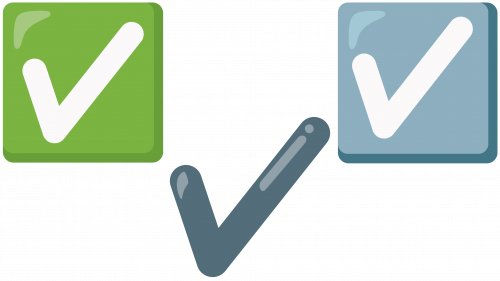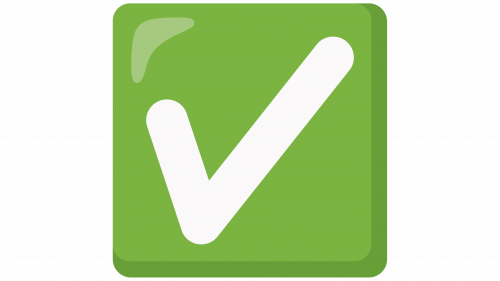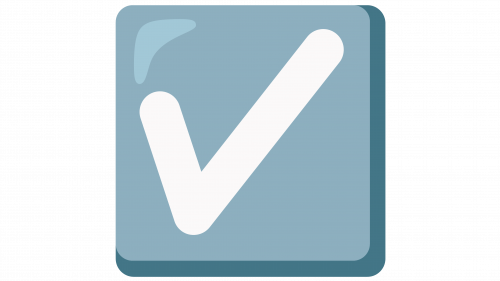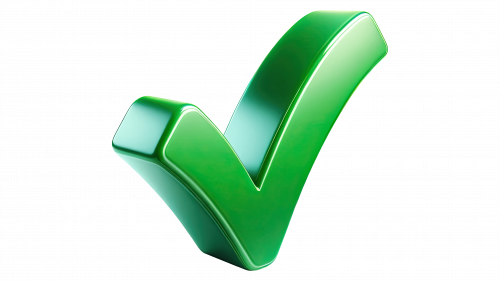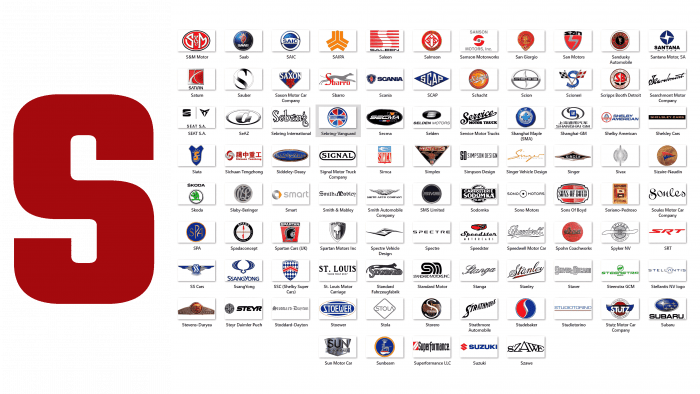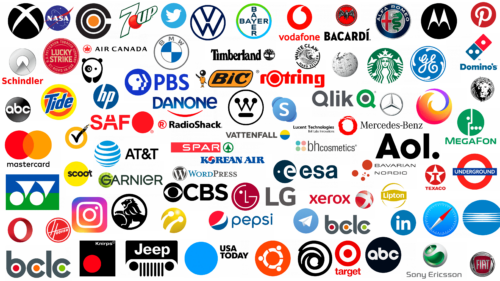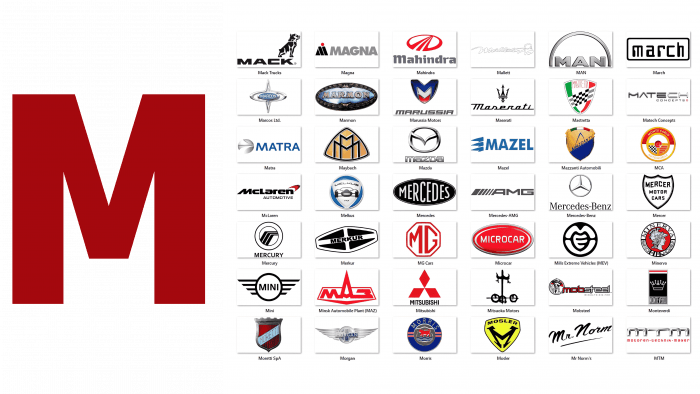Going beyond expressive yellow emoticons, we open up the vast world of the Unicode standard, revealing an eclectic mix of emoticons. Here, we find charming images of wildlife and everyday objects.
Hidden within this richness is a unique set of icons known as Check Emoji. These “check marks” are woven into our digital lexicon, signifying the completion of tasks or marking milestones on various checklists. Characterized by their clarity and effectiveness, these icons come in three styles, each available on many platforms. We’ll explore each emoji variation, revealing their essence and the nuances that make them indispensable.
✅ Green Check Mark: This emoji is a universal symbol of completion and success. The bright green color is eye-catching and conveys a sense of achievement or approval. It’s frequently used in contexts where there’s a need to highlight something done correctly or satisfactorily, like in to-do lists, achievements, or even in casual conversations to affirm a point.
✔️ Black Check Mark: The black check mark carries a classic, more subdued look. Its simplicity and elegance make it a go-to choice in professional or formal settings. This emoji is often seen in official documents, reports, or academic materials, where it serves as a subtle yet clear mark of completion or verification without the added emotional emphasis that comes with brighter colors.
☑️ Check Box with Check: This emoji represents completing a task and the process and organization behind it. The combination of a check mark inside a box is a visual cue for systematic progress, often used in surveys, forms, or checklists. It implies a systematic approach to tasks, where each checked box signifies a step forward in a larger plan or sequence of actions.
Meaning and use of Check Emoji
In the colorful world of emojis, where expressions and ideas go beyond words, the Unicode standard presents us with a trio of Check Emojis, each unique but often used similarly. What sets them apart from each other?
✔️ First, there’s the classic Check Emoji. An elegant and professional design is a black or green checkmark on a clean white background. Known as a “Checkmark,” it brings a modern twist to the traditional checkmark with its gently curved end and jagged lines. Since its introduction in Unicode 1.1 in 1993 under the code U+2714 U+FE0F, it has become an integral part of business and personal communications.
✅ What follows is the “White Checkmark Button.” The white checkmark on a green background is a bold splash of color. It’s perfect for adding vibrancy to emails and messages. This brightly colored variant, coded U+2705, debuted in the Unicode 6.0 collection 2010.
☑️ The third variant is a V-shaped checkmark located inside a gray square. This variant, known as the “Checkmark in a Square,” favors bolder, geometric shapes. It carries an air of formality and determination, perfect for official documents, etc. This emoji, assigned the number U+2611 U+FE0F, has been part of Unicode characters since 1993.
In the digital age, where quick and clear communication is key, the “checkmark” emoji symbolizes completion and agreement. Representing a simple V-shaped check mark, it has become an integral part of our everyday digital language. It can be found everywhere, from marking items on a list of professional tasks to marking products on a shopping list.
This little symbol doesn’t just show that a task has been completed. It has become an integral part of our online communication. When you see the Check Emoji in a message, it’s like a silent nod. It says, “I received your message, I understand it, and I am complying with it.” It’s a direct way to acknowledge and respond without words.
But that’s not all there is to it. The Check Emoji is also taking the place of the familiar 👍. People increasingly use it to say, “Yes, I agree,” or “I support this.” It’s interesting to see it starting to take the place of the “thumbs up” emoji in many conversations. This shift shows that our online self-expression is constantly changing and evolving.
The main uses of Check Emoji:
- Role in task management: The trio of “checkmark” emoji, each with a unique flavor, have become indispensable in task management. Whether tracking the progress of a responsible project or marking daily to-dos in a personal planner, these symbols allow you to mark their completion visually. Their presence in digital task lists adds clarity and a sense of accomplishment, turning mundane lists into interactive and engaging trackers.
- Effective Affirmation in Conversation: In the fast-paced world of digital messaging, these checkmark emojis are more than just decoration. They serve as effective and commonly understood symbols of acknowledgment. Quickly sending a checkmark in response to a message can indicate that you’ve read and understood the content, saving you time and communicating clearly and effectively.
- Symbols of agreement and approval: The emoji “check mark,” especially the green one, is often used to express agreement or approval. In casual chats and professional discussions, these symbols are a simple way to endorse ideas, agree with opinions, or confirm decisions, making them a versatile tool in digital communication.
- Feedback tools in education and the workplace: These emojis are important in providing feedback in educational institutions and workplaces. Teachers and managers use them to indicate a task’s correctness, approval, or completion. In particular, a green check mark resembles a virtual nod of approval, signaling a job well done or a correct answer, which promotes positive reinforcement and clear communication.
Final thoughts
Simple design, the Check emoji has become an indispensable tool in our digital conversations. Known for its simplicity and directness, it is the best choice. Whether marking a task completed, showing that you understood a message, or endorsing someone’s idea, these emojis are perfect for clear communication.
What’s especially nice is the variety. There are three different styles of checkmark emoji to choose from, each with a different character. Your choice may depend on what you want to use at the moment or in your conversation. Whether it’s a classic, catchier, or bolder graphic design, each can effectively convey your point. As simple yet powerful tools, they help us express our thoughts and responses quickly and effectively in our everyday chats and emails.
